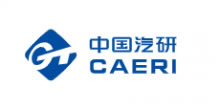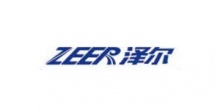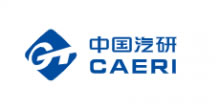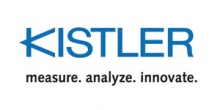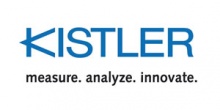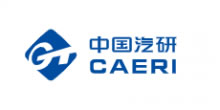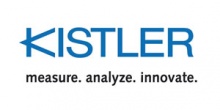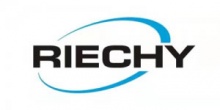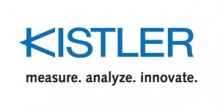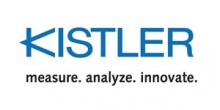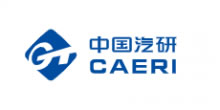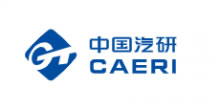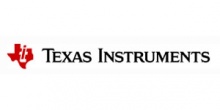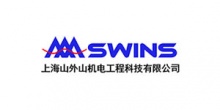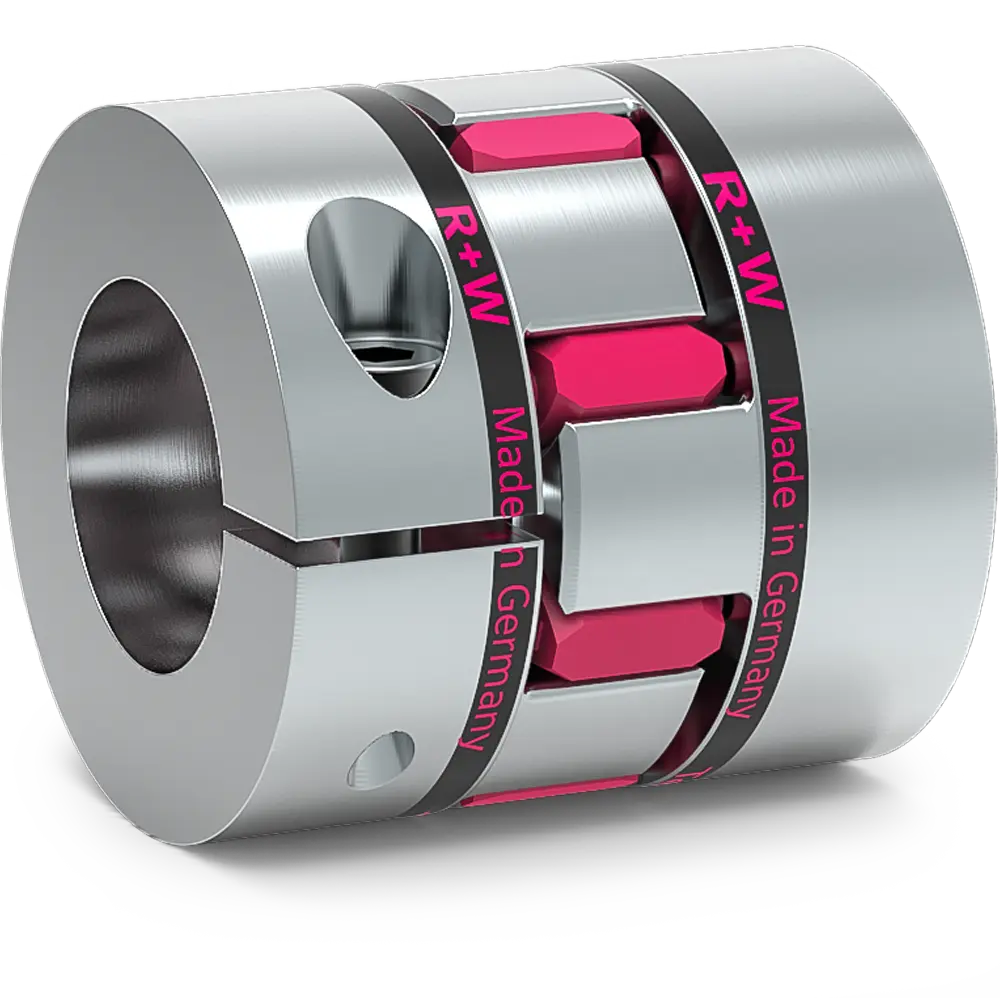(注:本文是译文,original author: M. F. Rahman)
The steering system of an automobile serves two main functions: firstly it allows the driver to make the vehicle follow a desired path or trajectory without requiring excessive physical effort and secondly, it assists the driver to judge the driving conditions by allowing some feedback.
汽车的转向系统具有两个主要功能:第一,它允许驾驶员在不需要过度体力的情况下使车辆跟随所需的路径或轨迹,其次,它允许驾驶员通过一些反馈来判断驾驶条件。
Figure 1: Functional schematics of a hydraulic power assisted steering systems (HPAS)
The hydraulic steering system of present-day automobiles which appears so natural and appropriate, took nearly 50 years to mature after the first introduction. Prior to this time, drivers struggled to maneuver the vehicles for parking, at low speed. At high speed, there was also the problem of finding the right sensitivity and stability. As engine power increased and vehicles grew larger, the effort required of the driver to steer the vehicles satisfactorily became nearly of superhuman proportions. During World War II, this was the realization of many drivers who maneuvered sizeable vehicles in rugged terrains. Efforts to introduce power assisted steering began in earnest immediately after the war. Generals Motors in the USA, and Bishop in Australia developed and introduced the first hydraulically assisted power steering system in the 1950s.
现代汽车的液压转向系统表现得如此自然和适宜,经过第一年的介绍,经历了近50年的成熟。在此之前,司机挣扎着在低速下操纵车辆停车。在高速的情况下,还存在寻找正确的灵敏度和稳定性的问题。随着发动机功率的增加和车辆的增大,驾驶员驾驶车辆的满意度令人满意。第二次世界大战期间,许多司机在崎岖不平的地形上操纵大型车辆。在战争结束后立即开始推行动力辅助转向的努力。美国通用汽车公司和澳大利亚在20世纪50年代开发和引进了第一个液压辅助动力转向系统。
The early hydraulic systems used re-circulating ball steering coupled with a belt driven hydraulic pump. The hydraulic pressure created with rotary vane pump reduced the In a hydraulic power steering system, – a hydraulic EOLSS pump coupled to the engine shaft steering effort required by the driver to overcome the rack load on the steering system.
早期的液压系统采用再循环球转向与皮带驱动液压泵耦合。用旋转叶片泵产生的液压降低了液压助力转向系统,液压助力泵与驾驶员所需的发动机轴转向力相耦合,以克服转向系统上的齿条载荷。
Hydraulic systems are also a complicated mix of maintenance-intensive and expensive components which are prone to leakage. They also need special considerations in layout and harnessing. Yet another concern is the lack of flexibility of the HPAS, which is constrained in terms of location and space as a result of the belt drive coupled to the engine and the fluid supply hoses to the control valve.
液压系统也是一种复杂的部件,它包括维护密集型和昂贵部件,容易泄漏。他们在布局和治理上也需要特别的考虑。另一个问题是HPAS的灵活性缺乏,这是由于皮带传动耦合到发动机和流体供给软管到控制阀而在位置和空间方面受到限制的。
Nearly 50 years since the first introduction of hydraulic power assisted steering, another technological leap is taking place in the area power assisted steering. This involves replacing the hydraulic system with an all electric system in which power is delivered to the rack and pinion of the steering mechanism– only when required (i.e., on demand). In this electric power assisted steering (EPAS), an electric motor drives the rack and pinion arrangement to steer the vehicle using power from the battery, as illustrated in Figure 3.
自第一次引进液压助力转向以来,近50年来,在区域助力转向中发生了另一技术飞跃。这涉及到用一个全电动系统来代替液压系统,其中动力被传递到转向机构的齿条和小齿轮——只有在需要的时候(即按要求)。在这种电动助力转向(EPAS)中,电动马达驱动齿条和小齿轮布置以使用来自电池的动力来引导车辆,如图3所示。
Figure 3: Illustration of an EPAS. Courtesy Koyo EPAS, Japan
The EPAS systems can be extremely compact, light and require little maintenance. They are easily designed and packaged in modular forms, and they can be easily tuned to requirements of a particular size and type of vehicle, and even to the driver’s habits. This type of steering assistance becomes viable even for the smallest of automobiles.
EPAS系统可以非常紧凑、轻便,并且几乎不需要维护。他们很容易设计和包装在模块化的形式,他们可以很容易地调整到一个特定的大小和类型的车辆的要求,甚至可以符合司机的习惯。即使是最小的汽车,这种转向辅助也变得可行。
Essential Components of an EPAS System
EPAS系统的基本组成部分
Details of EPAS system designs differ amongst automotive manufacturers; however there are certain components that are intrinsic. These are:
EPAS系统设计的细节在汽车制造商中是不同的;然而,某些组件是固有的。这些是:
1. Torque sensor
2. Electric motor
3. SAMPLERotational angle sensor
4. Controller
5. Vehicle speed sensor
6. Coupling between motor and steering mechanism
1、扭矩传感器
2、电动机
3、SAMPLERotational角传感器
4、控制器
5、车辆速度传感器
6、电机与转向机构的耦合
The torque sensor is perhaps the most important component; it measures the effort being applied by the driver to steer the vehicle. The torque sensor output is then used to drive a motor to reduce the effort, while achieving the desired steering. The motor may be located at a number of locations to achieve this. The purpose of the motor controller is essentially to control the torque delivered to the steering mechanism. The vehicle speed must be used to adjust the sensitivity of the torque controller. The angle of rotation of the steering wheel must also be used to adjust the sensitivity and the performance around the null position of the steering wheel.
扭矩传感器也许是最重要的部件,它测量驾驶员施加的动力来操纵车辆。然后使用扭矩传感器输出来驱动马达以减少努力,同时实现期望的转向。马达可位于多个位置以实现此目的。电机控制器的目的主要是控制传递给转向机构的扭矩。必须使用车速来调节扭矩控制器的灵敏度。方向盘的旋转角度也必须用来调整方向盘的零位附近的灵敏度和性能。


 广告
广告 




 广告
广告



